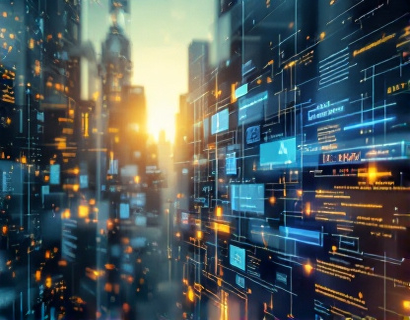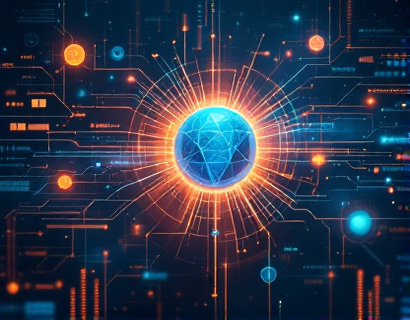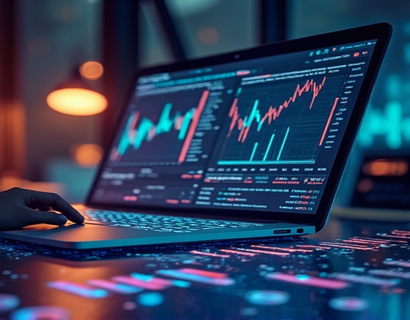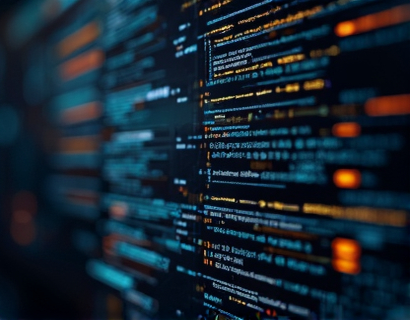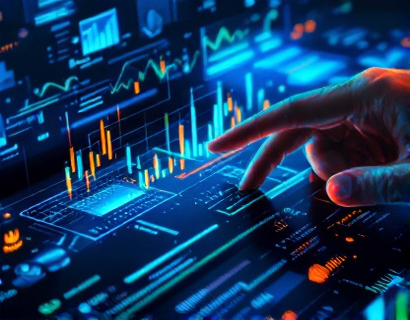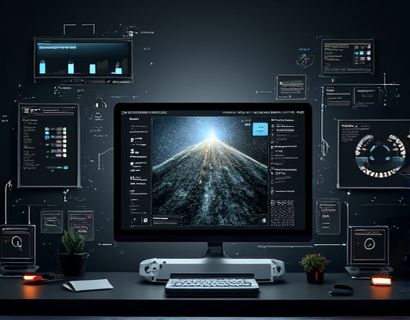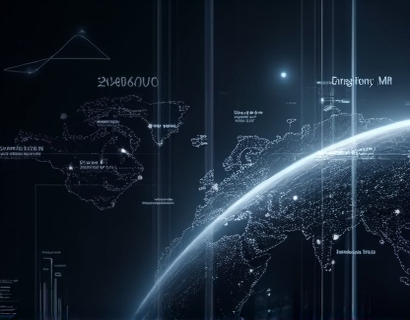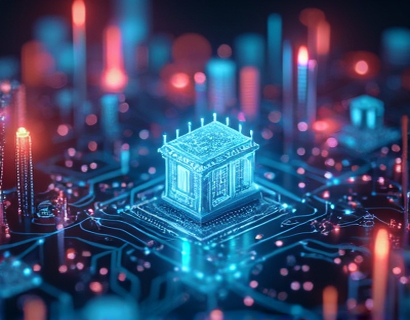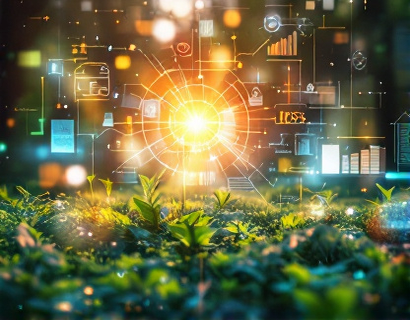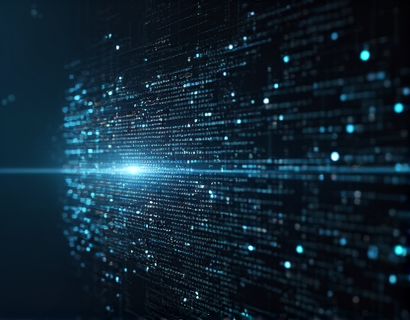Maximizing Aquaponics Business Success with Advanced Management Software
In the rapidly evolving world of sustainable agriculture, aquaponics stands out as a promising method that combines fish farming and hydroponic plant cultivation in a symbiotic environment. For aquaponics businesses, managing the intricate balance between water quality, fish health, and plant nutrition is crucial for success. Advanced management software plays a pivotal role in streamlining operations, boosting productivity, and enhancing sustainability. This article delves into how leveraging sophisticated software can transform aquaponics management, ensuring a thriving ecosystem and a more sustainable future.
Understanding the Challenges of Aquaponics Management
Aquaponics systems are complex, involving multiple interdependent components. Maintaining optimal conditions for both fish and plants requires constant monitoring and precise adjustments. Key challenges include water quality management, nutrient balance, pH levels, temperature control, and disease prevention. Traditional manual methods of monitoring and managing these factors are time-consuming and prone to human error, which can lead to system failures and reduced productivity.
Role of Advanced Management Software in Aquaponics
Advanced management software is designed to address these challenges by providing a comprehensive suite of tools that automate and optimize various aspects of aquaponics operations. These platforms offer real-time monitoring, data analysis, and control mechanisms that ensure the system runs smoothly and efficiently. By integrating hardware sensors and software algorithms, these tools create a seamless and intelligent management system.
Real-Time Monitoring and Data Collection
One of the primary benefits of advanced management software is real-time monitoring. Sensors placed throughout the aquaponics system continuously collect data on critical parameters such as water temperature, pH levels, dissolved oxygen, ammonia, nitrite, and nitrate levels. This data is transmitted to the software platform, where it is displayed in an easy-to-read format. Farmers can monitor these parameters from anywhere, at any time, ensuring they are always informed about the current state of their system.
The continuous data collection allows for early detection of any anomalies or trends that could indicate potential issues. For example, a sudden drop in dissolved oxygen levels can be immediately identified and addressed before it affects fish health. This proactive approach minimizes the risk of system failures and ensures a stable environment for both fish and plants.
Automated Control Systems
Beyond monitoring, advanced management software includes automated control systems that can make adjustments to the aquaponics environment based on predefined parameters. These systems can automatically adjust pumps, filters, aerators, and other equipment to maintain optimal conditions. For instance, if the software detects a rise in ammonia levels, it can trigger the filtration system to work more intensively until the levels return to safe ranges.
Automation not only saves time but also reduces the likelihood of human error. Manual adjustments based on periodic checks can lead to inconsistent conditions, whereas automated systems provide consistent and precise control. This consistency is crucial for the health and productivity of both fish and plants, leading to higher yields and better quality produce.
Data Analysis and Reporting
The data collected by the software is not just monitored in real-time but also analyzed to provide insights and trends over time. Advanced analytics tools within the software can generate detailed reports on system performance, resource usage, and productivity metrics. These reports help farmers make informed decisions about system adjustments, crop planning, and resource allocation.
For example, by analyzing historical data, a farmer can identify patterns in plant growth rates and correlate them with specific environmental conditions. This information can be used to optimize growing conditions, leading to faster growth and higher yields. Additionally, energy consumption data can be monitored to identify opportunities for reducing costs and improving sustainability.
Integration with Other Systems
Modern management software for aquaponics is designed to integrate seamlessly with other systems and devices. This integration enhances the overall functionality and efficiency of the farm. For instance, the software can connect with weather stations to adjust system parameters based on external conditions, such as temperature and rainfall. It can also integrate with inventory management systems to track feed and plant nutrient supplies, ensuring that resources are used efficiently and waste is minimized.
Integration with e-commerce platforms can streamline the sales process, allowing farmers to manage orders and track customer preferences directly from the management software. This holistic approach ensures that all aspects of the business are coordinated and optimized, leading to improved operational efficiency and customer satisfaction.
Enhancing Sustainability through Advanced Management
Sustainability is a core principle of aquaponics, and advanced management software plays a vital role in promoting environmentally friendly practices. By optimizing resource usage and reducing waste, these tools help farmers minimize their environmental footprint.
One significant way software enhances sustainability is through precise nutrient management. Aquaponics systems rely on the balance of nutrients between fish waste and plant uptake. Advanced software can monitor nutrient levels and adjust feed amounts for fish accordingly, preventing overfeeding and excess nutrient runoff. This precision ensures that nutrients are used efficiently, reducing the need for additional inputs and minimizing the risk of water pollution.
Energy consumption is another critical aspect of sustainability. The software can monitor and optimize the energy usage of pumps, filters, and other equipment. By identifying periods of high energy consumption and suggesting adjustments, the software helps farmers reduce their energy costs and lower their carbon footprint. Some advanced systems can even integrate with renewable energy sources, such as solar panels, to further enhance sustainability.
Promoting Environmental Stewardship
By adopting advanced management software, aquaponics farmers demonstrate their commitment to environmental stewardship. The ability to monitor and control system parameters ensures that water usage is minimized and water quality is maintained at optimal levels. This not only benefits the environment but also aligns with the growing consumer demand for sustainably produced food.
Moreover, the data generated by the software can be used to showcase the farm's sustainability efforts to customers and regulatory bodies. Transparent reporting and documentation of environmental performance can enhance the farm's reputation and attract eco-conscious consumers and investors.
Case Studies and Success Stories
Several aquaponics farms have successfully implemented advanced management software, resulting in significant improvements in operations and sustainability. For example, a medium-sized aquaponics farm in the United States integrated a comprehensive management platform and saw a 30% increase in fish and plant productivity within the first year. The farm reported reduced energy costs and minimized water usage, contributing to a more sustainable operation.
Another case study from a small-scale urban aquaponics project in Europe demonstrated that using advanced software led to better disease management and higher crop yields. The farmer was able to quickly identify and address issues related to water quality and nutrient balance, resulting in healthier plants and fish.
These success stories highlight the tangible benefits of adopting advanced management software in aquaponics. By leveraging technology, farmers can overcome traditional management challenges, achieve higher productivity, and promote environmental sustainability.
Future Trends and Innovations
The aquaponics industry is continually evolving, and advanced management software is at the forefront of this transformation. Future trends include the integration of artificial intelligence (AI) and machine learning (ML) to further enhance system optimization. AI algorithms can analyze vast amounts of data to predict system behavior and suggest proactive measures before issues arise.
ML models can learn from historical data to optimize nutrient dosing, energy usage, and even crop selection based on market demand. These intelligent systems will make aquaponics management more intuitive and efficient, reducing the need for manual intervention and expertise.
Additionally, the development of more sophisticated sensors and IoT devices will provide even more granular data, allowing for finer control over the aquaponics environment. The Internet of Things (IoT) will enable seamless connectivity between all components of the system, creating a truly smart and autonomous aquaponics farm.
Conclusion
Advanced management software is a game-changer for aquaponics businesses, offering a range of benefits that enhance operations, productivity, and sustainability. By leveraging real-time monitoring, automated control systems, and advanced data analysis, farmers can create a thriving and efficient aquaponics ecosystem. As the industry continues to grow, the adoption of these technologies will be essential for staying competitive and meeting the demands of a sustainable future.
Embracing advanced management software is not just a strategic advantage but a necessary step towards ensuring the long-term success and environmental responsibility of aquaponics farming. Farmers who invest in these tools will be well-positioned to maximize their business potential while contributing to a more sustainable food production system.




